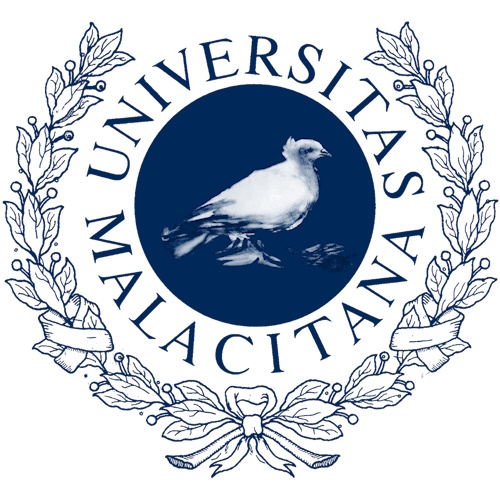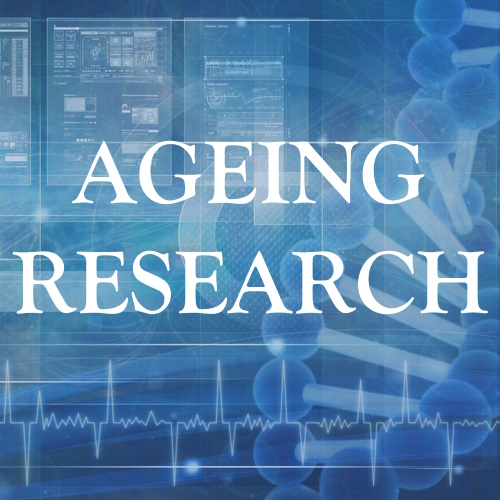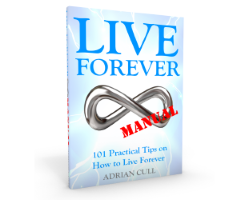Rethinking the Science of Growing Old
For centuries, ageing was seen as an unchangeable fact of life — a slow, inevitable decline that no one could escape. Philosophers and biologists alike debated why we age, but not how to stop it. In recent decades, however, scientific advances have brought new optimism. Biologists now believe that ageing might be modifiable, even reversible. Two frameworks dominate today’s ageing research: the Strategies for Engineered Negligible Senescence (SENS), and the Hallmarks of Aging (HoA).
In research published in Biogerontology, Pablo García-Barranquero (University of Málaga) and Saúl Pérez-González (University of Valencia) explore how engineering-oriented and biology-focused strategies for addressing aging intersect — and where their perspectives split.
SENS: The Engineering Blueprint to Defeat Ageing
The SENS framework, proposed by Aubrey de Grey and colleagues, treats ageing as a mechanical problem that can be fixed. Just as a car needs regular servicing to keep running, our bodies — SENS argues — can be maintained indefinitely by repairing accumulated cellular and molecular “wear and tear.”
Initially identifying nine categories of damage (later condensed to seven), SENS focuses on issues such as cell loss, mitochondrial mutations, and extracellular waste. The proposed remedies range from gene therapy and stem-cell regeneration to tissue engineering and senescent cell removal.
The goal is not to slow ageing but to reverse it — to restore the body to youthful function through periodic biomedical “maintenance.” This vision underpins de Grey’s concept of “longevity escape velocity”, where each new round of therapy buys enough time for the next generation of technologies to arrive, potentially allowing indefinite life extension.
Critics, however, say SENS is long on theory but short on data. While the ideas are compelling, the evidence in complex organisms remains limited. Yet SENS continues to attract attention — and funding — thanks to its bold promise: that ageing is a problem to be engineered away.
The Hallmarks of Ageing: A Biological Map of Decline
Where SENS offers solutions first, the Hallmarks of Ageing framework, introduced by Carlos López-Otín and colleagues in 2013 (and expanded in 2023), seeks to first understand how ageing happens.
The HoA identifies twelve interconnected biological processes — including genomic instability, telomere shortening, mitochondrial dysfunction, and loss of proteostasis — that collectively drive the ageing process. Recent updates added new hallmarks such as autophagy dysfunction, chronic inflammation, and microbiome imbalance, reflecting the growing complexity of the field.
Unlike SENS, the HoA does not aim to “cure” ageing. Instead, it seeks to optimize biological function and extend healthspan — the period of life free from disease and disability. Ageing, in this view, is not a disease to eliminate but a process to manage and understand.
This descriptive, evidence-driven framework has become a central reference in geroscience, guiding researchers toward interventions that target underlying mechanisms rather than symptoms.
Defining Ageing: A Disease or a Natural Process?
The authors highlight one of the biggest philosophical divides between the two schools: how they define ageing itself.
SENS treats ageing as a pathological condition — a root cause of diseases such as cancer and Alzheimer’s — and therefore something medicine has a moral duty to treat. By contrast, the HoA maintains that while ageing leads to vulnerability and dysfunction, it is not a disease. It is a natural biological process, one that can be slowed or modified but not wholly eradicated.
This distinction shapes their goals: SENS seeks radical rejuvenation, while HoA aims for healthy longevity.
What Counts as Proof?
Evidence standards also separate the two. SENS takes a technological-solutionist approach, often viewing a lack of experimental proof as a funding problem rather than a conceptual flaw. It relies mainly on correlational evidence — for instance, animal studies showing that hormone supplementation or mitochondrial repair can delay decline.
The HoA framework, by contrast, demands mechanistic evidence — proof of how interventions work and whether they truly alter the biological pathways of ageing. This cautious stance has earned the HoA credibility among mainstream scientists but criticism from those who see it as too conservative.
The Storytelling of Science
Beyond the lab, communication shapes how society perceives longevity research. SENS captures public imagination with metaphors like the “war on ageing” and “body maintenance,” resonating with entrepreneurs and transhumanists eager to fund radical life extension.
The HoA, however, stays within the academic sphere, publishing mainly in top scientific journals such as Cell and Nature. Its cautious tone may lack the drama of SENS’s promises, but it keeps its footing firmly in empirically grounded science.
Both strategies reflect their philosophies: SENS inspires action, while HoA builds understanding.
Bridging Two Worlds
García-Barranquero and Pérez-González argue that the debate between SENS and the HoA mirrors a deeper tension in science — between engineering ambition and biological humility. Ageing is likely too complex to be reduced to either perspective alone.
They propose that a future “integrative geroscience” might combine the strengths of both: SENS’s bold interventionism with HoA’s systematic rigor. After all, understanding ageing and repairing it may not be competing goals, but complementary steps on the same journey — toward a longer, healthier, and perhaps even ageless life.
The study is published in the journal Biogerontology . It was led by Saúl Pérez-González from University of Valencia.





